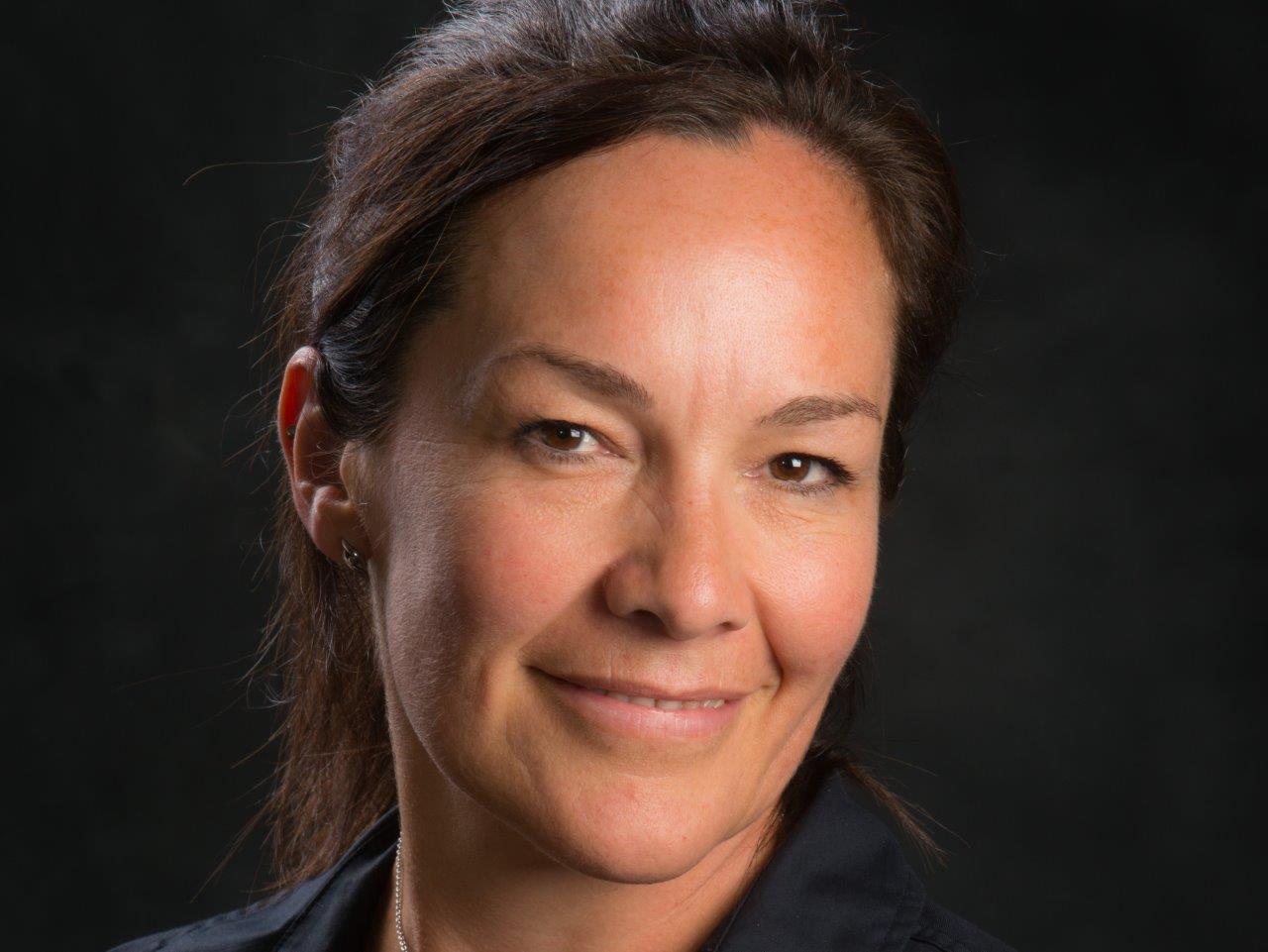Having first rolled out in 2018, the National Mental Health in Education Survey is conducted by Beyond Blue’s mental health in education initiative, Be You, and captures the perceptions and observations of educators’ on their own mental health, in addition to that of their colleagues and the students in their care.
While the results have been steadily consistent over the years, clear barriers to educator wellbeing were identified from the 2024 survey, including high levels of staff turnover, workforce shortages, a lack of resources to enable leadership support, time constraints, and the impact of increased critical incidents within the education sector.
Educators cited mental health issues, such as depression and anxiety, as the leading health issue impacting children and young people, with 77 per cent identifying it as their top concern.
While the majority of the survey’s 2630 respondents (95 per cent) agreed that good mental health is a precondition for effective learning, only one third of educators (33 per cent) believed the children and young people in their care are mentally healthy.
Head of Be You, Beyond Blue, Geri Sumpter, says educators are becoming more confident in being able to recognise signs and symptoms of mental health challenges within children and young people, however their capacity to be able to respond and address such issues is not changing.
The ever-growing expectations put on educators, along with stress and burnout, are concerning, she says.
“We need to address the barriers to wellbeing to ensure our educators can continue happily in their roles, in mentally healthy workplaces.
"When educators feel supported, they are better able to foster environments where children and young people can also thrive.”
It’s really a capacity challenge, Sumpter, who’s been with Beyond Blue for around five-and-a-half years and with Be You for four years, tells EducationHQ.
“Educators are recognising supporting children and young people with their mental health and wellbeing as a key part of their role, and they’re saying they’re more confident to do it, and that includes starting conversations with the children, as well as their families and carers.”

Sumpter says providing paid time for educators to engage with wellbeing initiatives is required, along with adequate funding to ensure all educators have access to paid time for planning and PD focused on mental health.
But while they’re confident, teachers simply don’t have the time, nor is their own mental wellbeing sufficiently robust enough, to be able to “lean in”, Sumpter says.
With workforce shortages in the mental health sector in general, this is where services like Be You can be of great assistance, she offers, supporting educators to intervene early when they see that a student might be starting to decline.
“…we’re trying to get to that prevention and early intervention part of wellbeing, rather than letting the child or young person get to a more critical state...
“It’s a tactic to try to move people back up into that, ‘let’s help the well people stay well’, and let’s intervene early if we start to see some challenges arising – and this mental health literacy and supporting educators to take those early steps is one way that we can prevent decline.”
The National Mental Health in Education Report offers a series of recommendations to implement at a system level to combat the key barriers identified.
One of these is to strengthen leadership support and empower principals to effectively nurture the wellbeing of their staff by giving them simple ways in which they can think about mental health and wellbeing and embed it into everything that they’re doing.
“We just did some research with Monash University around the vital role that leaders play in promoting educated wellbeing,” Sumpter shares.
“…and it is around leaders really prioritising mental health and wellbeing in their learning community, embedding it across everything that they do, and it’s everything from creating that positive culture and environment where educators are supported and they can thrive so it’s prioritised, as well as planning for wellbeing.”
If we plan for wellbeing, she says, we can think about the changes that are needed, and those changes can be different in every learning community, so what is a priority in a remote school in Central Australia might be very different to a metro school in Melbourne.
“It’s around looking at your context, identifying with your staff members what wellbeing matter they’d like to address – and that might be strengthening something they’re already doing as well as targeting an area where they don’t have much support – and working with the educators themselves to identify what’s needed and then embed it into their day-to-day.”
Embedding mental health training in preservice education ‘to better prepare all future educators with the mental health literacy required to thrive in their career’ is another recommendation from the Report.
Sumpter explains that it’s about making sure that it is discussed at many key points during ITE preparation.
“One of the ways is by making sure that the trainers themselves are upskilled in mental health literacy so that they can recognise points in their courses where you might start talking about mental health and wellbeing, as well as looking at how well you could embed this in the qualifications themselves.
“It’s a two-pronged approach that would see educators starting to think about mental health and wellbeing across all of the curriculum and looking at the signs and symptoms in the learning community they’re working with.”
Providing paid time for educators to engage with wellbeing initiatives such as Be You, is also required, along with adequate funding to ensure all educators have access to paid time for planning and PD focused on mental health, Sumpter suggests.
Beyond Blue would also like to see more investment in dedicated wellbeing support roles in all learning communities.
“It’s really around having roles that can actually help planning and referral,” Sumpter explains.
“And that might be looking at who can we refer a child to within our school or early learning service, as well as making sure that those referral services are known to the school and connections are there and made.
“So it’s having somebody that is focusing in on mental health and wellbeing and able to sustain change and to implement change within that setting.”
For any educator, be they early career or well established, feeling stressed or like they maybe need some guidance in terms of helping students with their wellbeing and mental health issues, Sumpter says talking about this in their learning community, finding their trusted people, maybe their manager or their peers, and starting conversations, is really important.
“…picking up initiatives such as Be You, which can give you really quick practical strategies to help you to improve your [mental health] literacy or get a bit more information about a topic that may be of concern [can be good first steps].
“And if you’ve got concerns for yourself, again, reach out to organisations such as Beyond Blue, where we’ve got our support service to give you that quick piece of advice that you might need in that moment.
"...But again, it’s around that early intervention. So do something now to prevent whatever challenge it is from getting worse.”
The full National Mental Health in Education Report can be found here.
Educators can access Be You here.
Beyond Blue Support Service is available 24/7 on: 1300 22 4636 and via web chat or email here.















